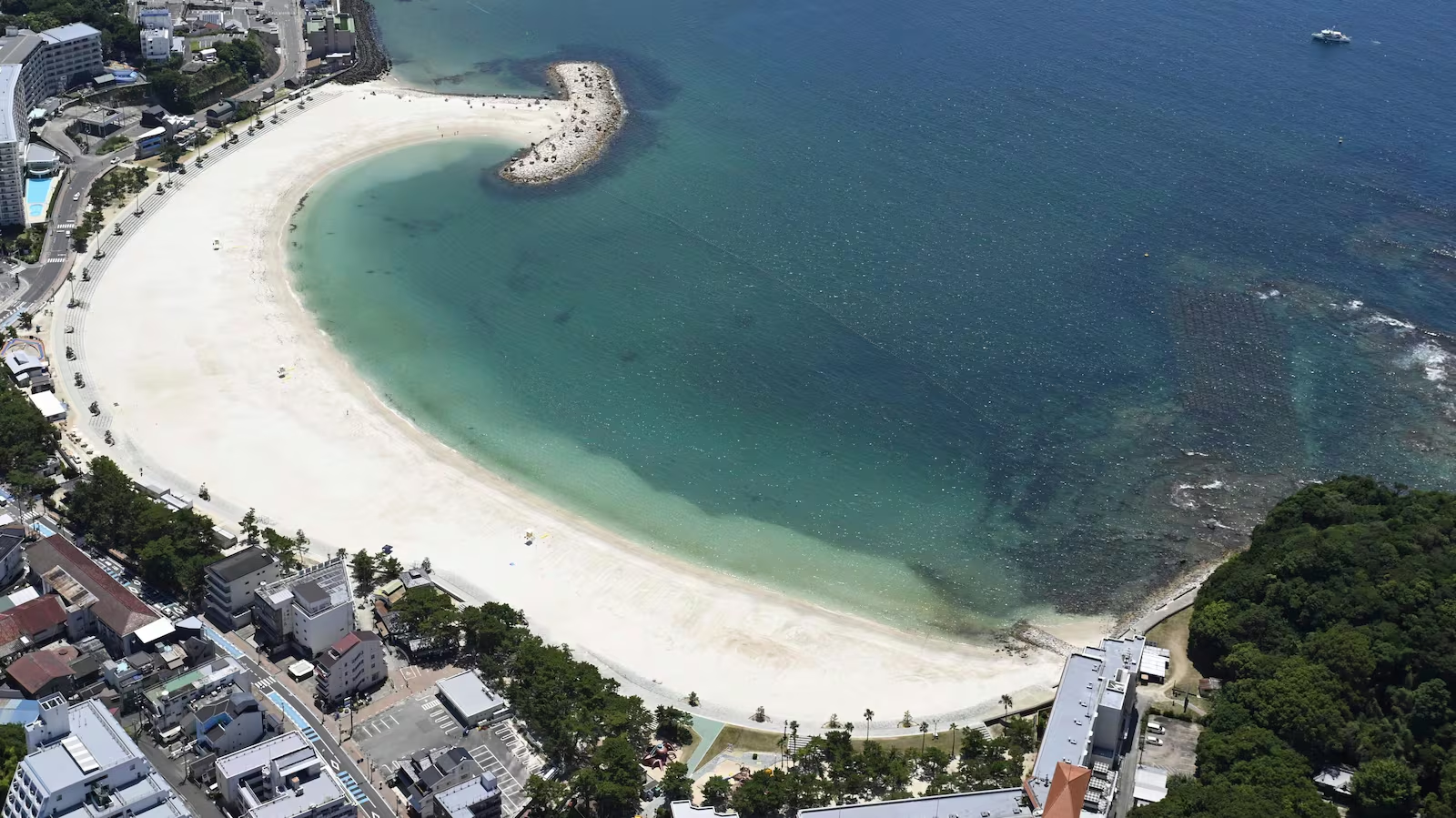A powerful 8.8-magnitude earthquake struck Russia’s Kamchatka Peninsula early Wednesday, sending tsunami waves across the Pacific and prompting alerts in Japan, Hawaii, Alaska, and along the U.S. West Coast. The quake is one of the most powerful recorded globally in over a decade.
Tsunami Impacts Felt Across Continents
The initial quake struck at 8:25 a.m. local time in Japan, with a depth of 20.7 km and an epicenter 74 miles southeast of Petropavlovsk-Kamchatsky, a city of 180,000 in Russia’s Far East. The U.S. Geological Survey later confirmed the magnitude at 8.8. A series of strong aftershocks, including one measuring 6.9, followed.
The tremor triggered tsunami waves measuring 3 to 4 meters (10–13 feet) in Kamchatka. Japan’s Hokkaido island recorded waves of up to 60 centimeters (2 feet), while Alaska’s Aleutian Islands saw surges under 30 centimeters (1.4 feet). In Hawaii, wave readings of up to 6 feet were detected at Midway Atoll, prompting Governor Josh Green to activate emergency response resources.
Officials emphasized that a tsunami is not just a single wave, but a series of potentially powerful surges that could affect coastlines for more than 24 hours.
“This is a longitudinal wave with great force driving through the shoreline,” said Gov. Green. “Please do not put yourself in harm’s way.”
The U.S. National Tsunami Warning Center issued advisories across the Pacific. Oregon warned of 1–2 foot surges starting around 11:40 p.m. local time and urged residents to stay away from coastal areas. British Columbia’s emergency services anticipated waves on Vancouver Island, with impacts expected in remote regions like Langara Island and Tofino.
Evacuations and Disruptions Across Japan
In Japan, evacuation centers quickly opened as memories of the 2011 Fukushima disaster loomed large. Transport services, including ferries and some trains, were disrupted, and many airports in affected regions paused operations.
Residents in Matsushima, on Japan’s northeastern coast, sought shelter. “I didn’t hesitate this time,” one evacuee told NHK, recalling lessons from the 2011 tsunami. Chief Cabinet Secretary Yoshimasa Hayashi warned that evacuees may not be able to return home by day’s end, as wave activity could continue into the evening.
Japan’s nuclear facilities reported no issues. Fukushima Daiichi, the site of the 2011 nuclear meltdown, said 4,000 workers had moved to higher ground while maintaining safety operations remotely.
Global Pacific Response
Tsunami advisories extended to Mexico, where the navy warned of waves reaching Ensenada by 2:22 a.m. local time. The alert zone included the entire Pacific coast, extending as far as Chiapas state by early morning.
Philippine authorities, along with those in New Zealand, Fiji, Tonga, Samoa, Micronesia, and the Solomon Islands, also issued warnings. These nations advised people to avoid beaches and harbors until wave surges had safely passed.
Many low-lying Pacific island nations—already vulnerable to rising seas—remain on high alert due to their geographic exposure to tsunamis.
Russian Regions Report Limited Damage
Russian authorities reported flooded ports and mild injuries, with no major damage recorded. In Severokurilsk, tsunami waves washed fishing boats out to sea. Power supplies were shut down in some areas as officials inspected for electrical damage.
The materials impact was less than feared, but experts warn that the ripple effects of this earthquake will continue throughout the day.
“This isn’t over after the first wave,” said Dave Snider, tsunami coordinator with the National Tsunami Warning Center. “The ocean will keep moving for hours.”
Among the World’s Most Powerful Earthquakes
This event is the strongest global earthquake since the 9.0-magnitude disaster that struck Japan in March 2011, triggering a massive tsunami and the Fukushima nuclear crisis. Few earthquakes of this magnitude have been recorded in modern history.
The seismic event marks the latest in a series of powerful quakes in the Kamchatka region, where five major tremors were reported earlier in July, including one measuring 7.4.
Authorities worldwide continue to monitor the situation and urge residents near coasts to stay alert and follow local guidance.

